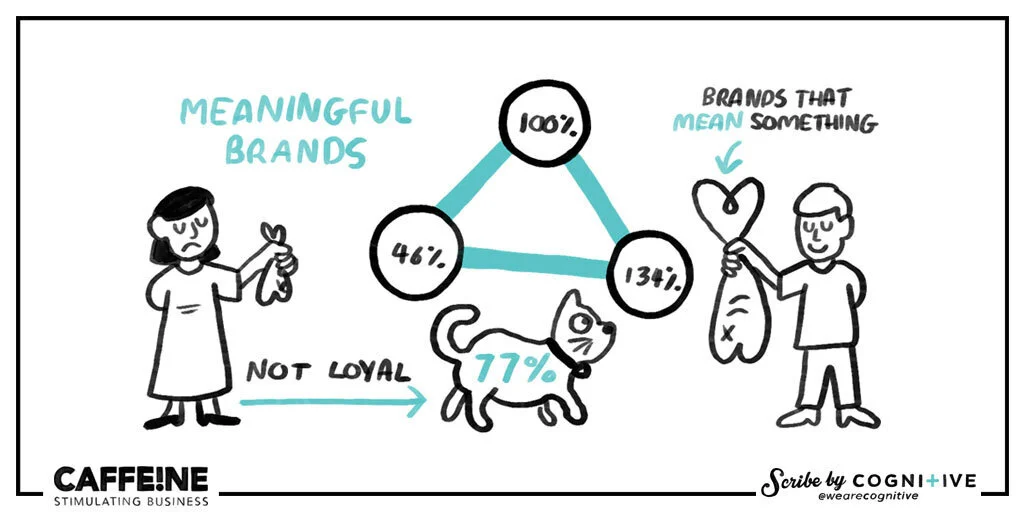Digital scribing provides a great way of fully embracing the virtual and remote world we now work in. Our scribes transform a speaker’s words into powerful and engaging visuals which add a new dimension of meaning and explanation to what is being said. Not heard of digital scribing before? You may also know it as visual scribing, visual note-taking, graphic recording or sketch noting. But how does it work? The answer has practical and creative aspects.
Pre-event planning
Before the fun of the digital scribing session even begins, we spend 3-4 days researching the organisations, speakers and topics involved. This gives us a detailed and informed overview of the event, and even the seed for some illustrations! In all areas of Cognitive, research is a fundamental activity, and we love it. We love being able to deliver work which is as accurate as it is aesthetically pleasing, and learning about a whole range of things we’d never have encountered.
The Digital Scribing session itself
To deliver the digital scribing session, we join your call as a silent partner and share our screen. As your speaker(s) deliver their talks, our scribe translates their words into a combination of engaging visuals and on screen text. Viewers hear your speaker but see the scribing happening live in front of them, though we can digital scribe a talk post event to. We can digitally scribe pre-planned talks and unscripted discussions. At the end of the event we can then give you a real time recording of the session, and create visual assets based on individual elements that are perfect for social media, websites and emails.
Visual thinking, or the art of translating talks into rich visuals
Visual thinking is at the heart of all our work at Cognitive, and in digital scribing it is this which gives our work the power to engage, entertain and educate. Visual thinking is the name we give the process of attributing enriching and enhancing visual representations to talks or scripts, and whilst it is brought to life by the talent and creativity of our scribes, it draws on several devices and techniques.
Visual metaphors allow us to capture the essence of what someone is saying and to repackage it into imagery which can simplify, add new frames of reference and make the information much more accessible
Icons are small images or symbols which can sum up and emphasise points
Set pieces create a stage for information and other visual thinking techniques to play out in, highlighting the links and relationships between points
Characters are an essential part, reflecting the speaker or content, and encoding even more visual information into the illustration
All of the above are underpinned by clear, communicative and relatable illustration - this not only crafts information into engaging and understandable visuals, it connects at a deeper level with the audience. Sometimes this can be through a sense of charm and other times humour is used to communicate an idea
Visual thinking is always bespoke, drawing on the speaker and their content for reference and style. The technical process combined with creativity and visual thinking is what makes digital scribing so effective at engaging and entertaining audiences while making information understandable and memorable.






It’s probably fair to say that not many people could have predicted the way 2020 has turned out if you’d asked them this time last year. It’s been a challenging year (to say the least), and we are truly honoured that in this climate of uncertainty, so many organizations have come to us with such great stories to supercharge!